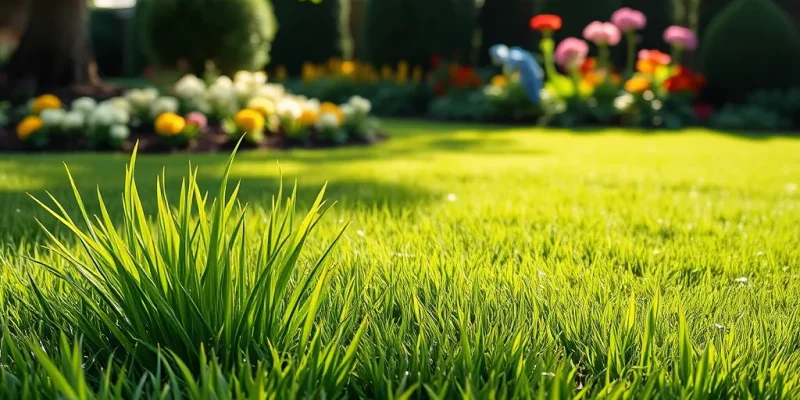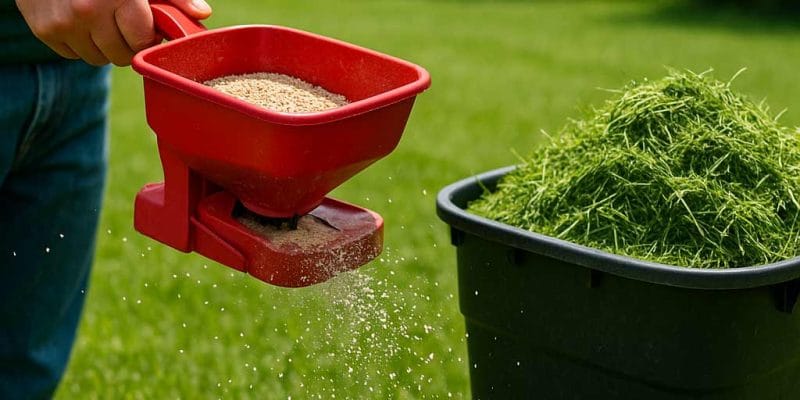A lush, green lawn is more than just a great first impression — it’s a sign that your lawn is healthy, resilient, and well cared for. In Australia’s unique climate, keeping turf in top shape requires a bit of knowledge and some seasonal strategy. Whether you’re growing a brand-new lawn or looking to improve an existing one, here are some essential tips to help your turf thrive.
1. Mow the Right Way
Mowing regularly encourages dense growth and helps your lawn outcompete weeds. The key is not to cut too short. Stick to the one-third rule: only remove one-third of the blade height each time you mow. This prevents stress and allows the roots to grow deeper, improving drought resistance and overall resilience.
2. Water Deep, Not Often
Instead of frequent, shallow watering, aim for deep soaks once or twice a week. This trains the roots to grow deeper into the soil, making your lawn more tolerant of dry periods. Water early in the morning to reduce evaporation and discourage fungal growth.
3. Feed Your Lawn Properly
Fertilising helps replenish nutrients in the soil. Use a slow-release fertiliser in spring and summer to give your grass steady access to what it needs. Organic options, like seaweed-based feeds, are also excellent for encouraging soil health and long-term lawn performance.
4. Aerate Annually
Compacted soil limits how much air, water, and nutrients can reach the roots. Aerating — poking small holes throughout your lawn — helps relieve this compaction. For most lawns, once a year is enough, preferably in spring or autumn when the grass is actively growing.
5. Choose Turf That Matches Your Conditions
Not all turf varieties suit all locations. Warm-season grasses like Buffalo, Couch, and Kikuyu are perfect for Queensland conditions. They handle heat, bounce back from wear and tear, and are generally low maintenance. Choosing the right grass from the start gives your lawn the best chance of long-term success.
6. Keep an Eye on Pests and Disease
Regular inspection of your lawn can help catch pest problems early. Grub patches, dead spots, or unexpected browning could be signs of trouble. Healthy lawns are naturally more resistant, so proper mowing, watering, and fertilising go a long way toward preventing outbreaks.
7. Adjust With the Seasons
Your lawn needs different care depending on the time of year. In spring, focus on growth: mow more often, feed well, and aerate if needed. In autumn, ease off mowing, give your grass a final feed, and prepare it for cooler months ahead.
At Albert Valley Turf, we believe a great lawn is within everyone’s reach. Whether you’re laying fresh turf or improving your existing patch, we’re here to offer advice and supply high-quality grass suited to your environment. Get in touch with our team for expert recommendations tailored to your home or business.


